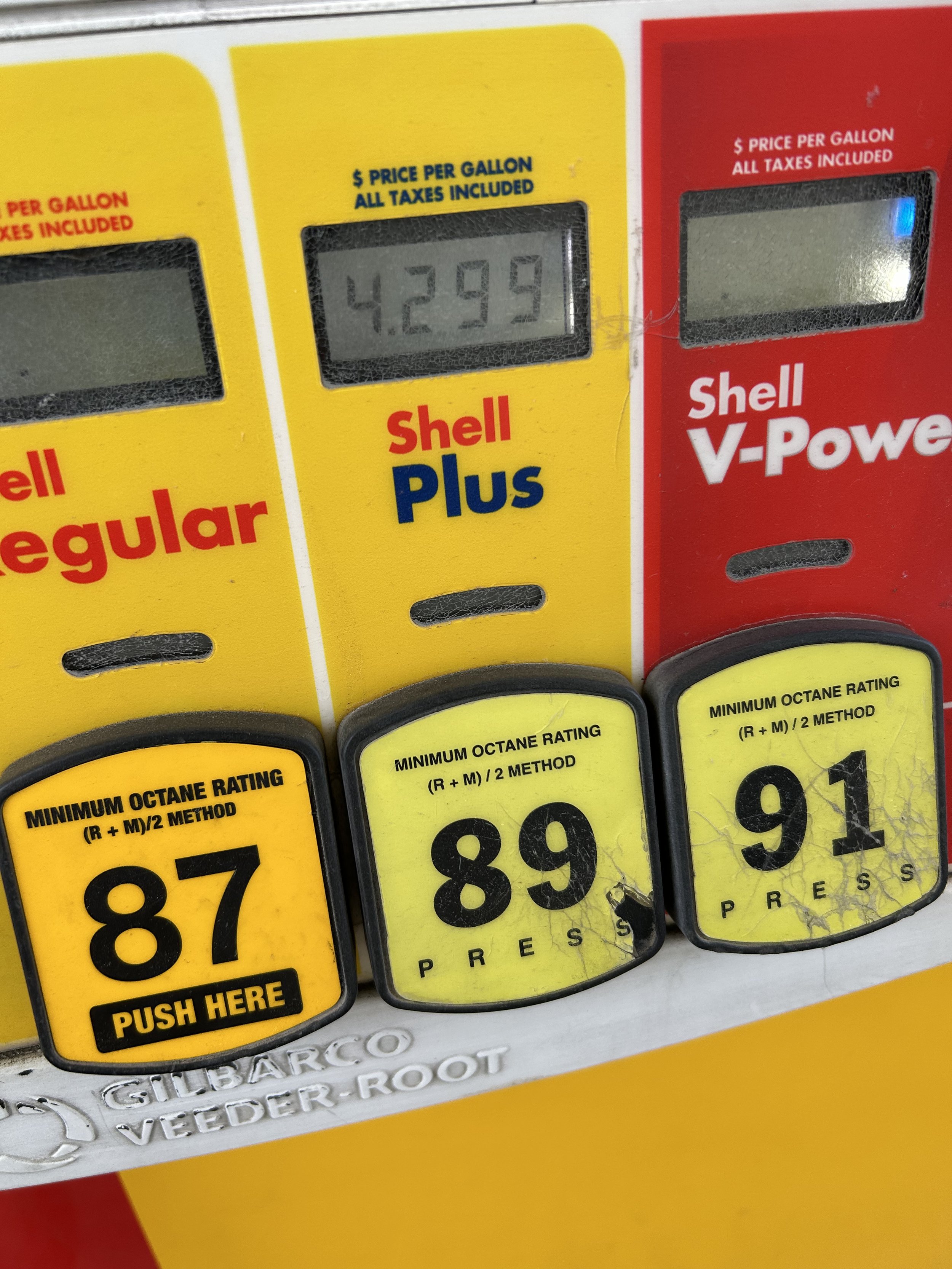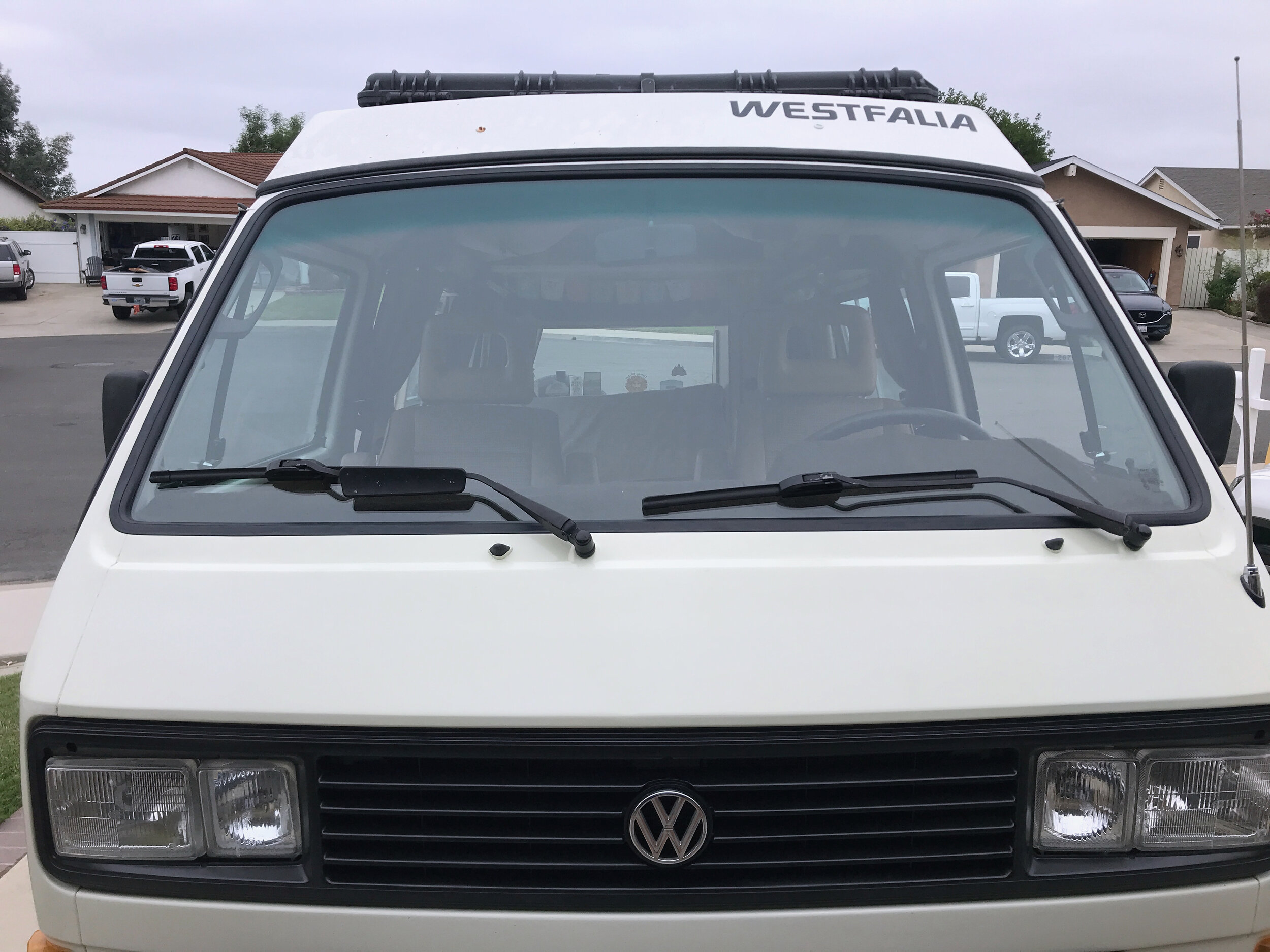What Does an Automotive Journalist Really Do?
Automotive Journalism is a field closely related to news journalism. The Who, What, When Where, and Why of a story is as important to automotive journalists as it is to news reporters. But that’s where any real comparison stops.
Automotive journalists are not necessarily bound by the same principles as news reporters, after all, much of what they write, broadcast, or podcast is an opinion, rather than a reporter’s facts with no editorializing. Much has been written about automotive journalism. In fact, it would be foolish of me not to include this link to a story about the underbelly of automotive journalism, and the alleged influence peddling that happens. Here’s the story if you want to read it by Alex Voigt. Some of what Voigt suggests is true, and some of what he says is opinion. But it’s worth a read.
What I’m telling you comes from being involved with the industry. While select automotive journalists make a good living, and many get to review new cars, gaining any traction to a lucrative career takes persistence, and a bit of luck.
The field of automotive journalism has changed over the years. The most notable shift began in the early-2000s when digital automotive magazines began competing against traditional print magazines.
That competition continues to this day.
There are only a handful of credible automotive magazines remaining in the U.S. that employ writers, photographers, and editors. A few decades ago, there were hundreds of automotive journalists covering the automotive beat, each serving at magazines like Car and Driver, Autoweek, and Road & Track. There were also dozens of other magazines focusing on motorcycles and ATVs. But no longer.
The shift in mediums from print to digital altered the path to a job as an automotive journalist. And the disappearance of credible automotive news outlets has also taken a toll on the readership. But automotive journalism is far from dead.
There are several sides to automotive journalism too. Buff magazines are the top layer. These are the coveted purists of automotive journalism in America and today are represented by magazines like AutoWeek. Enthusiast titles are the next layer. These are niche magazines filled with hands-on stories about the automotive aftermarket. Lastly, there are the daily newspapers and TV news stations that devote space to automotive journalism. I can’t speak for Europe and other places across the globe, but in America, I believe this is true today.
If you intend to become an automotive journalist at a bonafide publication there are places you can start. Do not discredit the need for a degree, but not necessarily in journalism. Get a degree that gives you the license to think critically about a story. A degree in journalism will offer the fundamentals to become an automotive journalist, but understanding the world around you is equally important. Knowing how to interpret interactions with people will do more to prepare you for a future as an automotive journalist. More new vehicles than ever are made by countries like China, Korea and Japan, therefore it helps to understand cultural differences. You still have to learn about deadlines, grammar, and storytelling. Not to mention you must also have an uncanny love affair with all things automotive.
Are today’s so-called “digital influencers” journalists? I don’t think so. There are distinct differences between schooled journalists and social media mavens and automakers understand it.
Like their news journalist counterpart, automotive journalists often travel to find stories. The top auto journalists do the research and have extensive knowledge about everything with wheels. The difference between a news reporter and one that reports solely on the auto industry is that sometimes the automotive journalist’s travel is financed by the same source that is included in their stories. This is what Voigt wrote about in his story. It’s not new news, rather pay for play has been happening for decades.
Some media outlets do not allow their automotive journalists to travel for free, and they have strict rules against accepting any gifts of value for their time at an event. Autoweek never allowed their journalists to accept gifts. Most reporters from news dailies always paid their way to automaker introductions, and never accepted (I think) any freebies from automakers. But they were the exception, not the rule. Yes, some automotive journalists do accept pre-production new vehicles for review, often for weeks at a time at no charge. However, automakers keep close tabs on their press fleets, and there are strict guidelines to follow. A final note about this; Consumer Reports in America absolutely would never accept a vehicle on loan from an automaker if they were going to review it. They pay for everything they test drive. That’s very unusual in the media business, but it happens and makes their reviews unbiased.
Remember that I previously stated that there are real differences between news reporters and auto reporters? These media introductions take place anywhere on the planet. A automaker like BMW may fly you to the Swiss Alps. These might be all-expenses paid stays hosted by the automaker. True, there are good reasons for press events, or “long leads” as they are called in exotic locations. They are perfect environments to showcase new vehicles well before the public ever sees the vehicle. They give the automaker a chance to introduce new vehicles on their turf, or at locations suited for the type of vehicle they are showcasing.
There is no right or wrong about it, again most automotive journalists peddle opinions, not hard news. The problem begins when a news reporter attends an event, putting their journalistic principles on display. Do they accept gifts? Do they accept travel expenses? News reporters are often discouraged to take anything for free in exchange for coverage. It rarely happens without all parties being aware of the ramifications.
The automaker often brings their top executives to media events, and there’s no way they are staying overnight at Motel 6 in the States. Besides top executives automakers then bring valued engineers and technicians to the party, giving a real insight into how these new vehicles get built.
As an automotive journalist, you have to be okay with everything. Long leads are typically designed for the A-list journalists from well-known publications. Whereas, short leads are held for automotive journalists coming from newspapers and online portals with shorter lead times before publication. These are more regional events. Writers from online publications often attend short leads.
Automakers wine and dine journalists for good reason. But it’s opinion-based storytelling (think movie critic). Automakers are not necessarily trying to influence the facts of the story, but they may simply enhance the environment in which a particular vehicle is seen. Similar to a movie studio screening where the critic gets free admission to the latest blockbuster (maybe free popcorn too).
Automakers are never going to roll out a new vehicle in the parking lot of a cheap motel. And, ultimately it is the responsibility of automotive journalists to stay true to their opinions and not be sidelined by the theatrics that go into an event for the vehicle the automaker is trying to market.
The automaker wants the journalist to enjoy the experience. But I’d like to think that good automotive journalism can’t be swayed by hospitality. It never happened to me, or any of my staff.
When I was attending new car introductions throughout the 1990s and into the 2000s I test-drove dozens of new cars and wrote about my observations for newsstand magazines. This review practice isn’t something that is taught in books. It comes with experience. How to write a new car review so that the consumer can understand your reasoning behind the “pros and cons” of the vehicle is no small feat.
Automotive journalists are typically skilled drivers with years of experience behind the wheel, which gives them the tools to review vehicles properly. Along the same lines automotive journalism is changing from being overtly technical to lifestyle-driven journalism. The look and feel of a new vehicle may be paramount to whether or not it is mechanically better than the previous model.
There can be lots of behind-the-scenes vehicle testing into every story written or video produced. But automotive journalists spend more time at their desks than they do driving and testing. Deadlines for publications can be grueling. But there are times when you won’t believe that someone is paying you to do this type of work.
So how does one get experience to become an automotive journalist?
It starts with making contacts in the field. Attending the right events, sometimes hosted by an automaker. If you have a Blog you might tailor it to concentrate on the news coming from select automakers. If you do everything right you might eventually be invited to a press introduction.
These introductions include mixing with other automotive journalists and that would be the correct time to introduce yourself, and maybe your portfolio of work. Be willing to start at the bottom and do everything possible to make yourself credible. I know of many automotive journalists that started their career by washing the press fleet vehicles. They climbed the ladder eventually and become seasoned pros.
Unless you can show a portfolio of your work in the field of automotive journalism you are probably not going to be able to create a position for yourself. By using social media to push your automotive-related stories you may start to build an audience. That’s exactly what automakers and publishers want to see. If you’re a superstar on social media then own it, and make your work presentable.
To take it a step further be prepared to send query letters to every automotive news and non-automotive outlet you can find. Pitch stories that you are well-informed about. Be prepared to be rejected. It happens. But don’t give up. Pitch more stories until they relent and allow you to do some freelance work. Maybe for free.
Showing them your knowledge of today’s automotive culture and industry is key.































